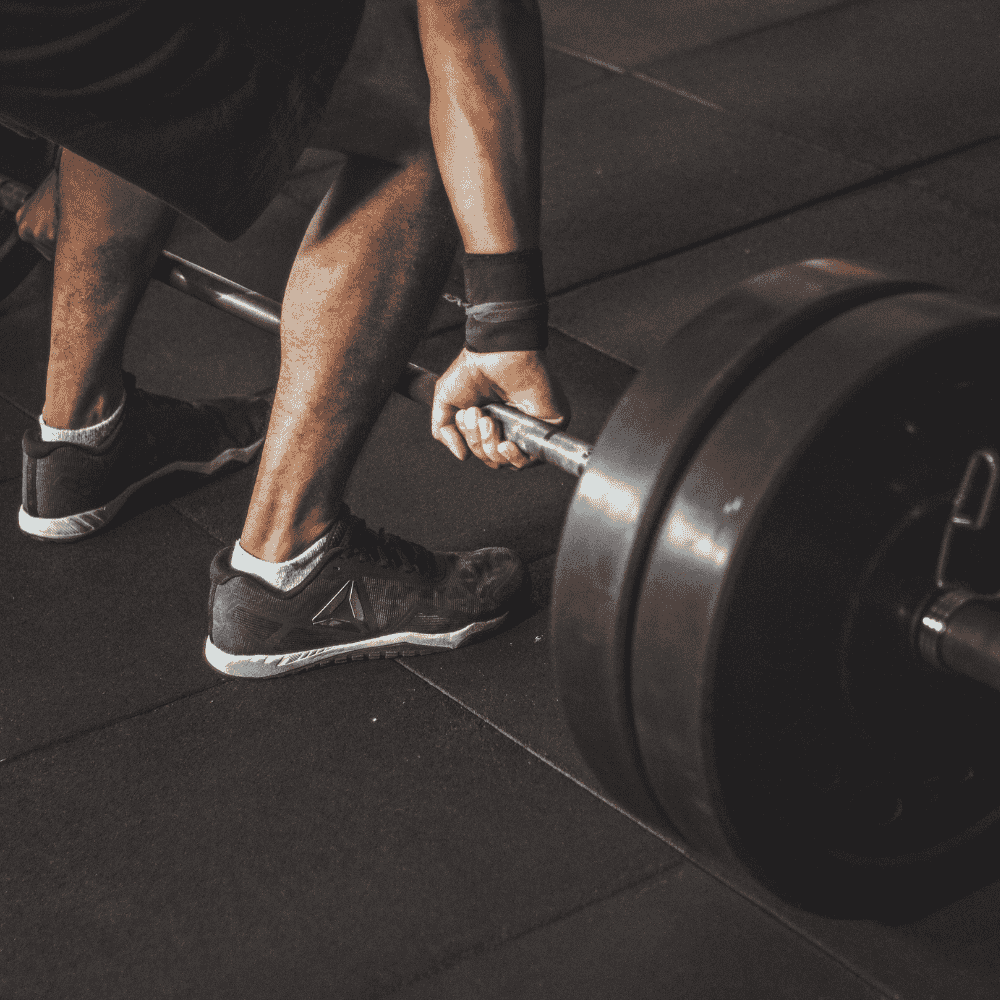Maintaining a strong and healthy back is crucial for overall fitness and well-being.
One highly effective exercise for building both back and core strength is the back hyperextension workout.
At Kefl, we understand the importance of incorporating versatile and safe exercises into your routine, and back hyperextensions are a simple yet powerful way to support a healthy posture, prevent injury, and build endurance.
Whether you're an athlete, a fitness enthusiast, or just starting out, back hyperextensions can be a game-changer for your workout routine.
Let's dive into how this exercise works and why it should be a staple in your fitness plan.
What Is a Back Hyperextension Workout?
A back hyperextension workout primarily targets the lower back muscles, but it also engages the glutes, hamstrings, and core muscles, providing a comprehensive approach to strengthening your posterior chain.
This exercise is typically performed on a hyperextension bench, where you bend at the hips and extend your torso upwards in a controlled manner. The movement may seem simple, but the benefits it brings are substantial.

Benefits of Back Hyperextension Workouts
1. Strengthens the Lower Back
Back hyperextensions are one of the best exercises to target and strengthen the muscles in your lower back. A strong lower back helps improve posture, supports your spine, and reduces the risk of back pain, especially for those who sit for extended periods or perform heavy lifting.
2. Improves Core Stability
Although the focus is on the lower back, back hyperextensions engage your entire core. A strong core is essential for balance, stability, and overall functional fitness. This exercise helps activate the deep muscles of your abdomen, making your midsection stronger and more supportive in various activities.
3. Enhances Flexibility and Mobility
Hyperextension exercises encourage a greater range of motion in the spine and hips, which improves flexibility over time. Increased flexibility and mobility in these areas can enhance your performance in other exercises, sports, or daily movements, such as bending or twisting.
4. Prevents Lower Back Injuries
Strengthening your lower back through hyperextensions can protect against common injuries. Whether you're lifting heavy weights or engaging in activities that involve bending and twisting, having a strong, resilient back reduces the risk of strain or injury.
5. Works the Glutes and Hamstrings
Back hyperextensions aren’t just about the back.
This workout also works wonders for your glutes and hamstrings. Engaging these muscle groups adds to the overall strength of your posterior chain, giving you greater stability and power for athletic performance and everyday activities.
How to Perform a Back Hyperextension Safely
Here’s a step-by-step guide to performing a proper back hyperextension:
Position Yourself on a Hyperextension Bench: Lie face down on the bench with your feet secured under the footpads. The top of your hips should be positioned at the edge of the bench.
Start With a Neutral Spine: Keep your back straight and your arms crossed over your chest or behind your head. Engage your core and maintain a neutral spine.
Lower Your Torso: Slowly bend at the hips, lowering your torso toward the ground in a controlled motion. Avoid rounding your back as you lower yourself.
Raise Your Torso: Engage your lower back, glutes, and core to raise your torso back to the starting position. Avoid overextending your back—stop when your body is in a straight line.
Repeat: Aim for 10-15 repetitions per set, adjusting according to your fitness level.
Variations and Progressions
To increase the intensity of your back hyperextension workout, you can try the following variations:
- Weighted Hyperextensions: Hold a weight plate or dumbbell close to your chest for added resistance.
- Single-Leg Hyperextensions: For a more challenging variation, lift one leg off the ground as you perform the movement to target your stabiliser muscles.
- Decline Hyperextensions: Adjust the hyperextension bench to a steeper angle to increase the difficulty.

Incorporate Back Hyperextensions Into Your Routine
Back hyperextension exercises are highly versatile and can be included in your workout in various ways. Use them as part of your warm-up, cool-down, or as a strengthening exercise within your main routine. For those recovering from back pain or injury, it's always a good idea to consult a fitness professional before starting these exercises.
Conclusion: Build a Stronger Back with Kefl
At Kefl, we believe that fitness is about building a balanced body that’s both strong and resilient.
Back hyperextension workouts provide the perfect opportunity to develop your lower back, core, and glutes, all while improving mobility and preventing injuries.
Incorporating this exercise into your regular workout routine can make a noticeable difference in your overall strength, stability, and posture.
Ready to strengthen your back and core?
Start incorporating back hyperextensions today for a more powerful, pain-free future!










